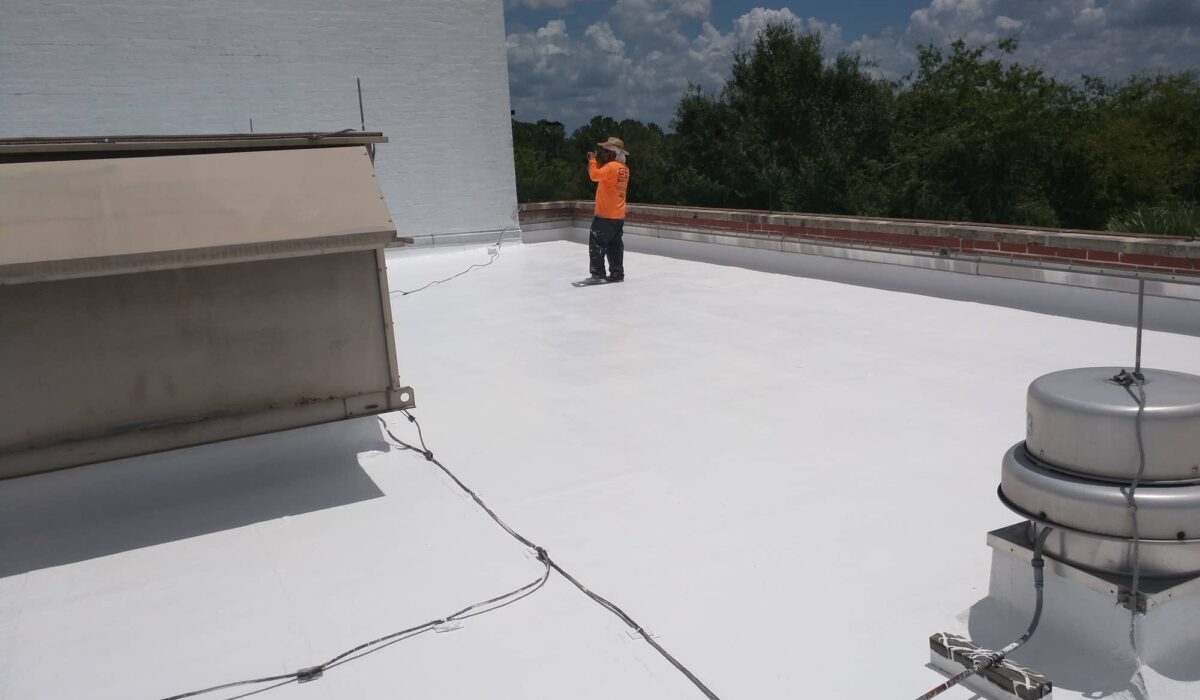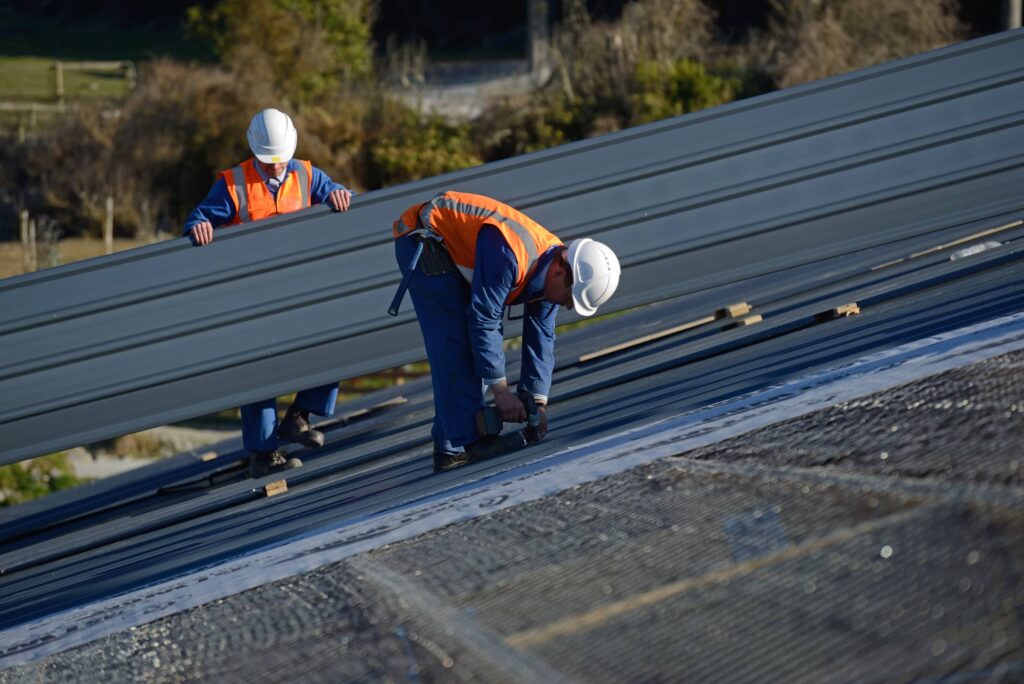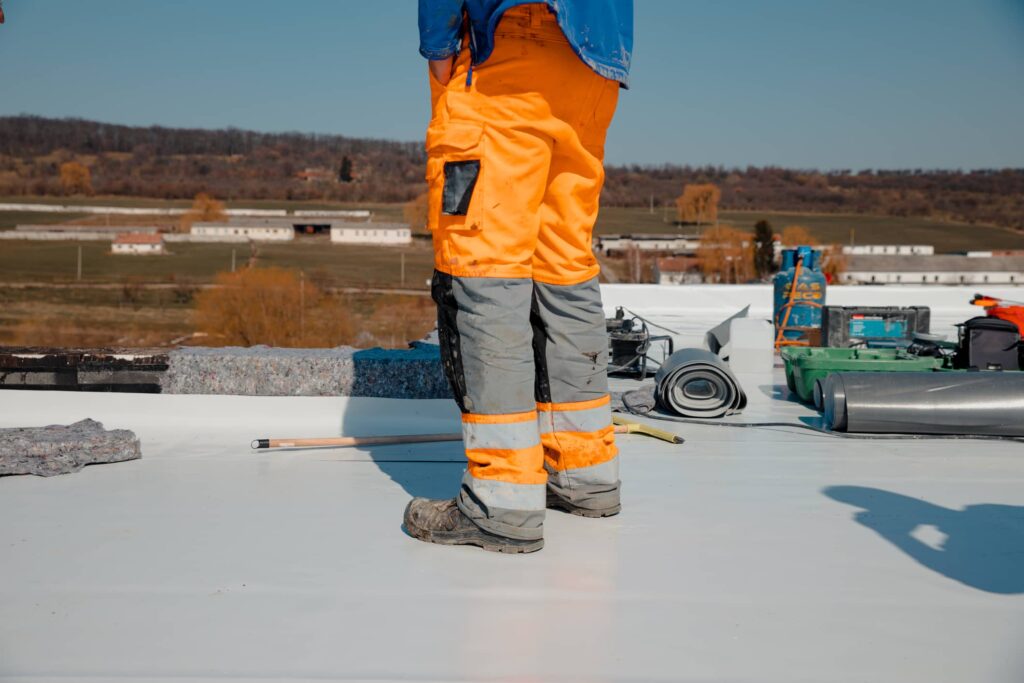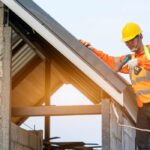Commercial Roofing 101: Types, Maintenance, and Cost Savings
Introduction
For business owners, maintaining a functional and cost-effective roofing system is vital. Understanding the various types of commercial roofing options and the importance of proper maintenance can not only extend the lifespan of your roof but also lead to significant cost savings. In this comprehensive guide, we’ll delve into Commercial Roofing 101, exploring the different roofing types and sharing valuable insights on maintenance practices that can benefit your business’s bottom line.
1. Exploring Commercial Roofing Types
Businesses have several roofing options to choose from, each with its own advantages and considerations:
- Flat Roofing: Ideal for commercial buildings, flat roofing provides ample space for HVAC units and solar installations.
- Metal Roofing: Known for durability and longevity, metal roofs are energy-efficient and resistant to severe weather.
- TPO and PVC Roofing: These single-ply membranes offer energy efficiency and excellent waterproofing properties.
- Modified Bitumen Roofing: Designed for low-slope or flat roofs, modified bitumen roofs provide flexibility and resistance to UV rays.
- Green Roofing: Sustainable and environmentally friendly, green roofs can improve insulation and reduce energy costs.
2. The Importance of Roof Maintenance
Proactive roof maintenance is key to extending its lifespan and avoiding costly repairs. Here’s why it matters:
- Leak Prevention: Regular inspections identify and address potential leaks before they damage your building’s interior.
- Energy Efficiency: Well-maintained roofs with reflective coatings can reduce cooling costs, enhancing energy efficiency.
- Longevity: Proper maintenance can add years to your roof’s lifespan, delaying the need for a costly replacement.
- Compliance: Some warranties require regular maintenance to remain valid.
3. Commercial Roof Maintenance Tips
To ensure your commercial roof remains in top condition, consider these maintenance tips:
- Scheduled Inspections: Plan regular inspections, especially after severe weather events.
- Clean Gutters and Drains: Ensure proper drainage to prevent water accumulation.
- Address Repairs Promptly: Don’t delay fixing small issues, as they can escalate into more extensive problems.
- Invest in Professional Maintenance: Hiring a roofing professional can ensure thorough and effective maintenance.
4. Cost Savings through Proper Maintenance
Proper roof maintenance offers significant cost savings benefits:
- Avoiding Costly Repairs: Timely maintenance prevents small issues from becoming costly repairs.
- Extending Roof Lifespan: Regular care can add years to your roof’s life, delaying the need for replacement.
- Energy Savings: A well-maintained roof with reflective coatings can reduce cooling costs.
- Preserving Asset Value: A well-maintained roof protects your building’s structural integrity and overall value.
Conclusion
Commercial roofing is a significant investment for any business, and understanding the various roofing types and the importance of regular maintenance is crucial. By choosing the right roofing material, implementing effective maintenance practices, and recognizing the cost-saving potential, business owners can safeguard their property, enhance energy efficiency, and extend their roofing system’s lifespan. Don’t underestimate the value of Commercial Roofing 101—it can be the key to long-term success for your business.





